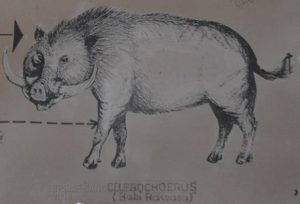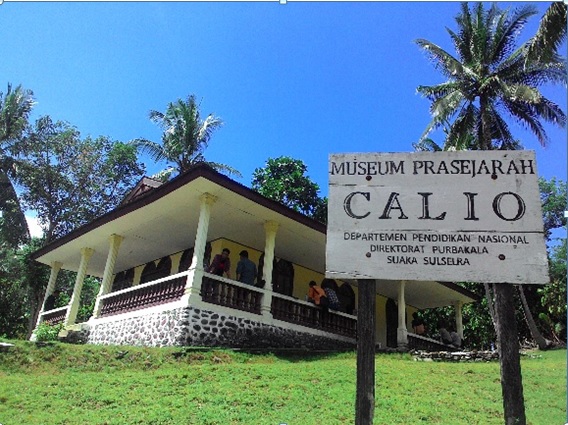Wallanae Valley Paleolithic site is located and occupying three regencies, they are: Wajo regency, Bone, and Soppeng. Around the Wallanae river there is a potential pre-historic site with its archeology and paleontology relics. The archeology relics and fauna fossil are found at Jampu, Talepu, Lenrang, Berru/Calio, Marale, Paroto, Lakibong, Kecce, and Lonrong which are located at Soppeng regency and Sompe at Wajo Regency and also Tanrung at Bone Regency. Wallanae Valley Paleolithic site is crossed by Wallanae river. This site has been known since 1947 when an archeologist, H.R. van Heekeren came to this site. Then he was followed by other researchers from around the world until now. The relics found in Wallanae Valley Paleolithic Site are displayed in several museums, they are: Villa Yuliana Museum at Watansopeng and Calio Museum in Cabbenge, Soppeng.
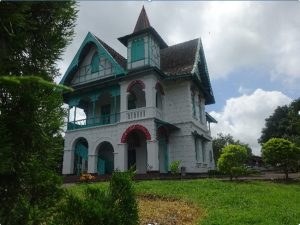
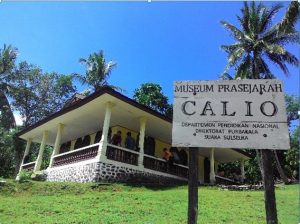 Calio Museum
Calio MuseumBeside stone tools, fossils of very rare species that have never been found at any other location can be found in Wallanae site. Some of those species are: Sulawesi endemic ancient pygmy elephant (Stegodon sompoensis/Stegodon celebensis, Elephant (Elephas celebensis), endemic babirusa (Celebochoerus heekereni), ancient turtle (Geochelona atlas).
The finding of those endemic species fossils is related to animal migration process. A.R Wallace creates a fauna boundary line that extends from Makasar Strait at north to Lombok Strait at south. The line is known as Wallace line. Western region of Indonesia (Sunda shelf) which merges partially with Asia continental shelf and Eastern region of Indonesia (Sahul shelf) which is connected with Australia continental shelf have left the mid region which extends from Sangir-Talaud archipelago, Sulawesi, the Lesser Sunda Islands, Maluku, and Halmahera which isolated by trough or very deep seas. Endemic faunas can be found at this isolated mid region. The fossils of those endemic faunas have never been found at any other location.
many of us have known that some endemic faunas still can be found alive today in Sulawesi, they are: Anoa (Bubalus quarlesi and Bubalus depressicornis), Maleo aves (Macrocephalon maleo), pygmy hog (Sus celebensis), moor macaque (Macaca maura), spectral tarsier (Tarsius spectrum), cuscus (Cuscus), and Babirusa (Babyrousa babirussa) (PM). -translated by: Arif Budianto-
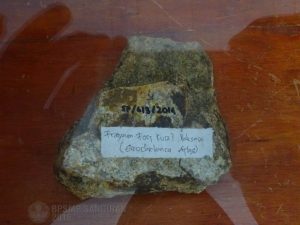
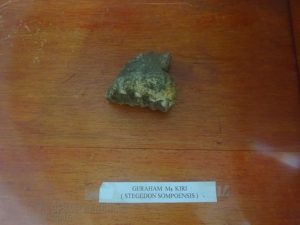
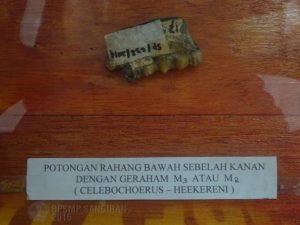
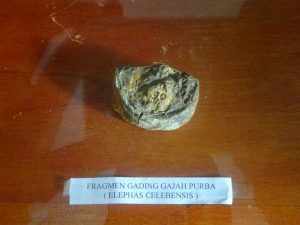
(from top left clockwise): ancient turtle’s fossil fragment (Geochelona atlas), pygmy elephant’s left jaw fragment (Stegodon sompoensis), endemic babirusa’ mandible fragment (Celebochoerus heekereni), and Elephant’s tusk fragment (Elephas celebensis).
